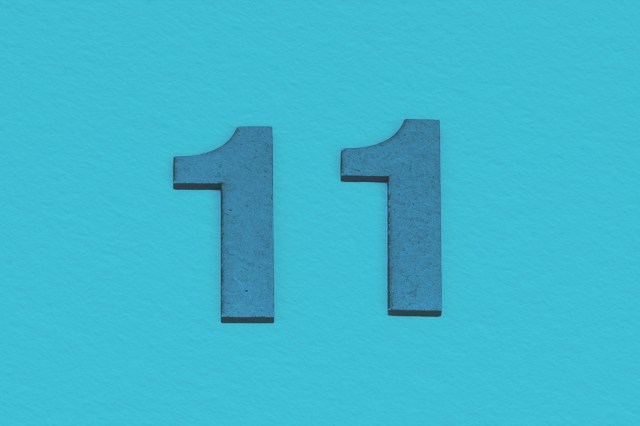
After you count to 10, the first few double-digit numbers break the pattern established by the rest of the counting numbers. For instance, why don’t we say “ten-one” following the format of “twenty-one” or “thirty-one”? And if that’s not baffling enough, here’s an even bigger brain teaser — why do we say “eleven” and “twelve” rather than “oneteen” and “twoteen”? Let’s look at the origins of these two unusual counting words and what makes them differ from thirteen through nineteen.
According to Encyclopedia Britannica, the words can be traced back millennia. Most ancient cultures used a base 10 number system (meaning they counted by 10s), but there was often a need to count higher than 10. “Eleven” and “twelve” were coined to help do just that. “Eleven” is derived from the Old English word endleofan, which literally translates to “one left (over ten).” “Twelve,” derived from the Old English twelf, follows this same idea, meaning “two left (over ten).”
Those Old English words can be traced back to Germanic speakers, whose languages began to form around the early first millennium. They used the terms ainlif for “one over ten” and twalif for “two over ten,” thus giving rise to the similar Old English variants that were precursors to “eleven” and “twelve.”.
So, why do the numbers thirteen through nineteen get different treatment? In their case, it’s the suffix -teen that matters most. According to the Online Etymology Dictionary, -teen means “ten more than,” and so “thirteen” essentially means “ten more than three.” “Thirteen” is a metathesis (a “transposition of two phonemes in a word”) that developed out of the Middle English thritene, while “fourteen” comes from the Old English feowertyne, and so on.

















